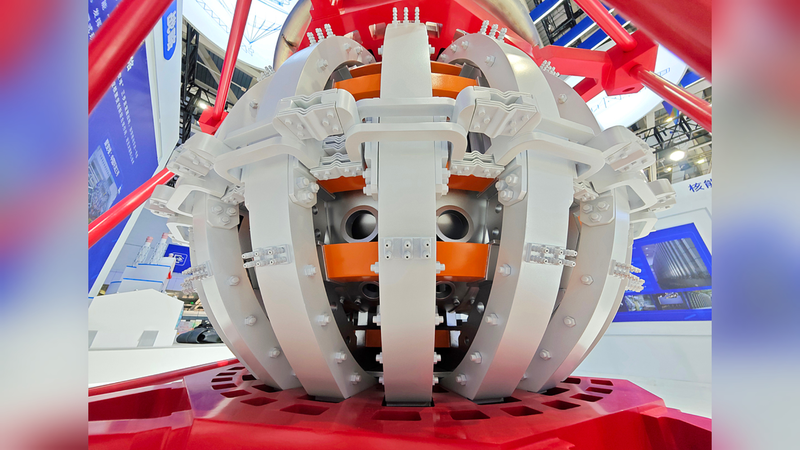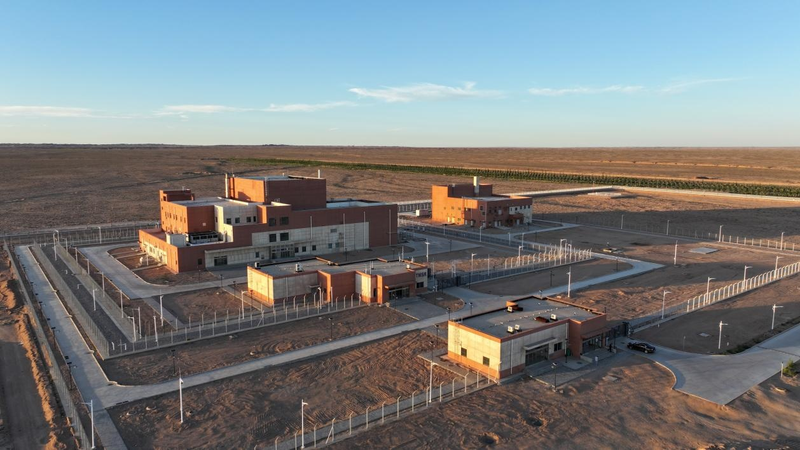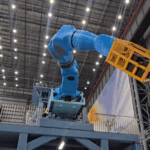Chinese researchers have achieved a breakthrough in fusion energy technology by developing an artificial intelligence system capable of stabilizing ultra-hot plasma within experimental reactors. Published in Communications Physics, the innovation could accelerate progress toward clean, limitless energy production.
The Race for an ‘Artificial Sun’
Fusion energy, which mimics the sun’s core by fusing hydrogen atoms under extreme heat, promises a carbon-free solution to global energy demands. The tokamak – a doughnut-shaped magnetic confinement device – is central to this quest. However, maintaining plasma stability long enough for energy generation has remained a persistent hurdle.
How AI Bridges the Gap
Traditional plasma control relies on physics-based simulations requiring immense computational power. The team from the Southwestern Institute of Physics, Zhejiang University, and Zhejiang Lab instead trained an AI model using historical data from China’s HL-3 tokamak. By integrating long short-term memory networks and self-attention mechanisms, the system predicts plasma behavior with unprecedented accuracy while minimizing error accumulation.
Real-World Impact
Deployed on the HL-3 device, the AI controller demonstrated adaptability to unfamiliar conditions, showcasing “zero-shot generalization” capabilities. This advancement could streamline the development of intelligent control systems for ITER – the multinational fusion megaproject – and future commercial reactors.
As nations intensify efforts to decarbonize, China’s progress highlights AI’s transformative potential in solving one of humanity’s most complex engineering challenges.
Reference(s):
cgtn.com







